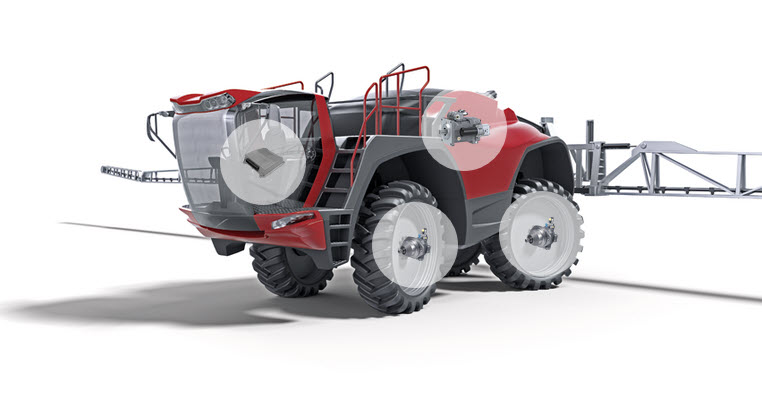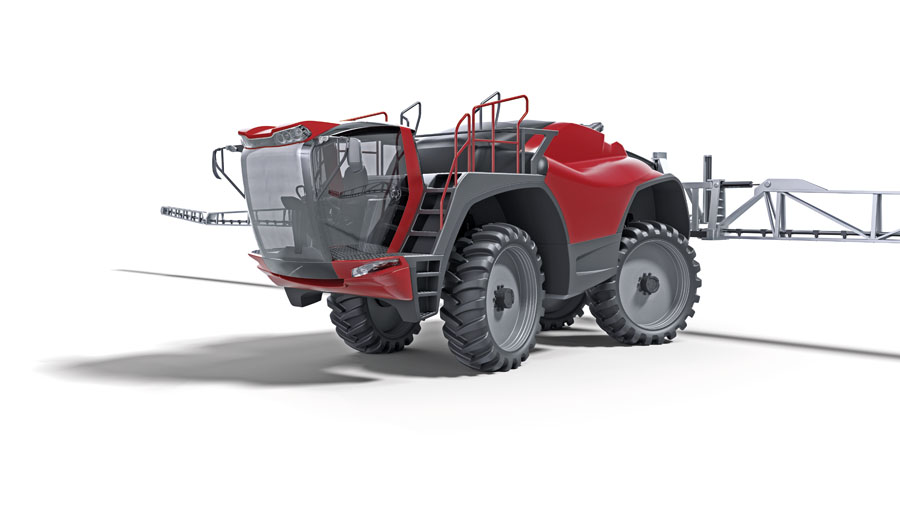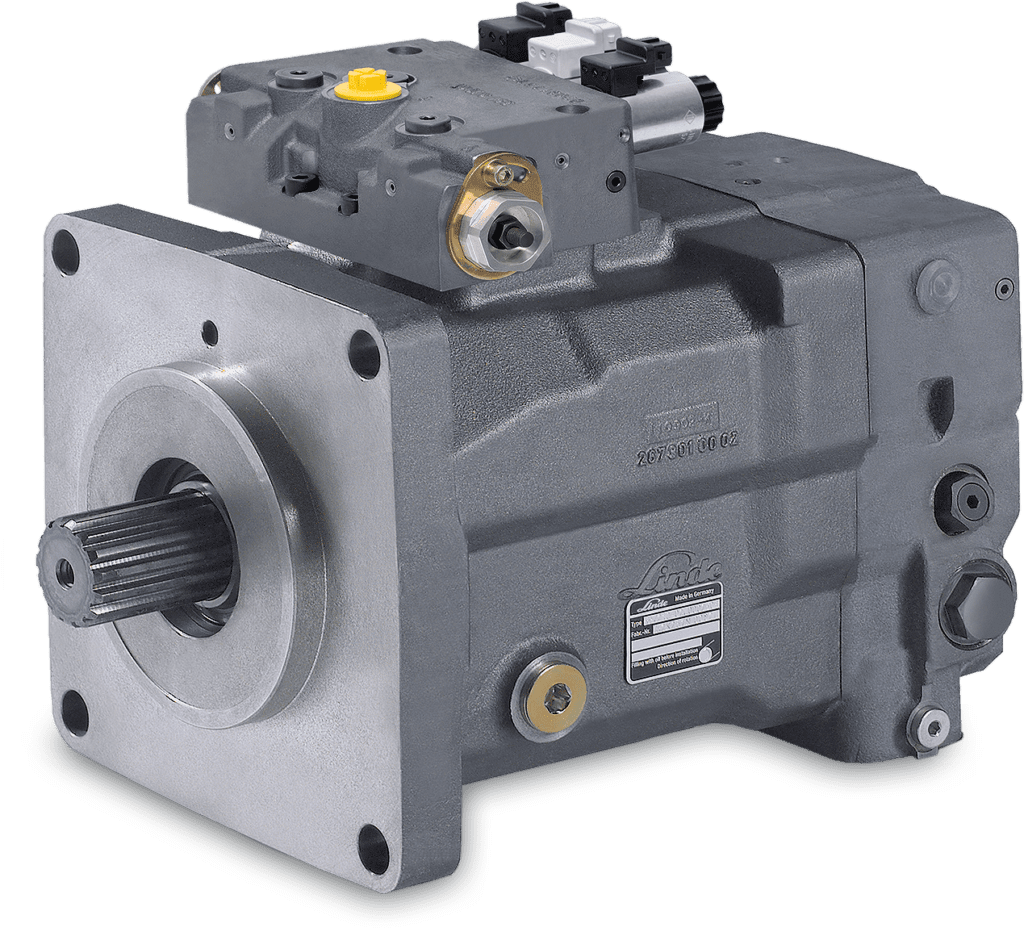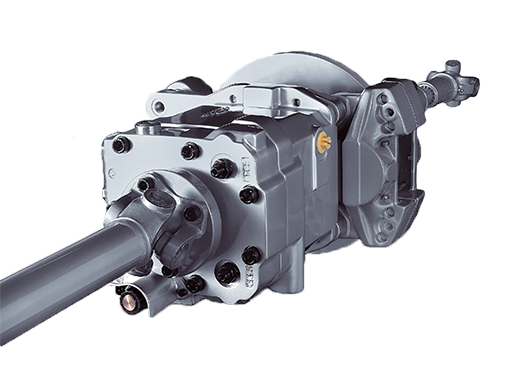75 kW - 200 kW
155 kW, 12,7 t, tractive effort 44 kN, ground speed 40 kph
1x HPV 210-02 E2 (propel drive)
4x CMV 85 E6 Plug-In (propel drive)
1x iCon (electronic control unit)
- Hydraulic drive permits even pressure on the ground and considerable ground clearance
- Adjustment of the drive power at changed load situations
- Load-independent machine response
- Uniform spraying result
- Portal axle instead of single wheel drives
Sprayer
Application of fertiliser, plant protection agents or just plain water. Self-propelled sprayers are well established in agriculture. Not just in regions where several harvests are gathered during the year and sowing machines follow directly in line behind harvesting machines – in Europe too, they help to make the most of time-frames.
The use of hydraulic drives permits great freedom in configuring the machine so as to achieve uniform weight distribution across all the tyres. This helps to minimise the pressure on the ground and the compacting vibrations. Hydrostatic systems from LHY Powertrain ensure that the machine always travels exactly in accordance with the position of the accelerator, irrespective of the quantity remaining in the tank and of the steepness and difficulty of the terrain. The sprayer travels completely evenly, and the spraying result is uniform across the entire field.
The example shows a machine with a contemporary design, featuring a large high-pressure pump and individual wheel motors. This configuration allows for a more creative machine design and allows for variable ground clearance depending on the application. Moreover, this configuration does not require a
manual gearbox and offers a high level of tractive effort and high top speeds for the road. Separate control of the individual motors enables the drive power of the individual wheels to be adapted to changing load and traction conditions.
Other control systems and designs, for instance layouts with portal axes or PTO motor, are also available. The wide product range from LHY Powertrain allows machines of different sizes and power classes to be optimally equipped – all with the same familiar operating controls.




